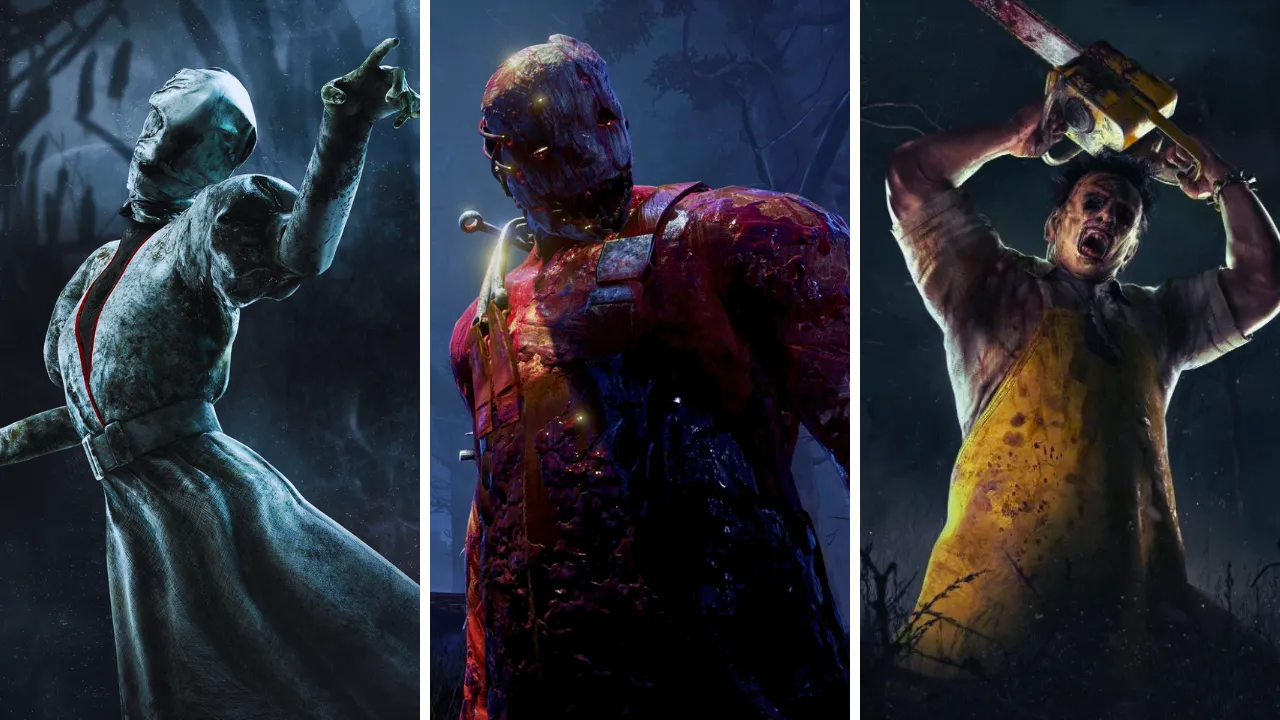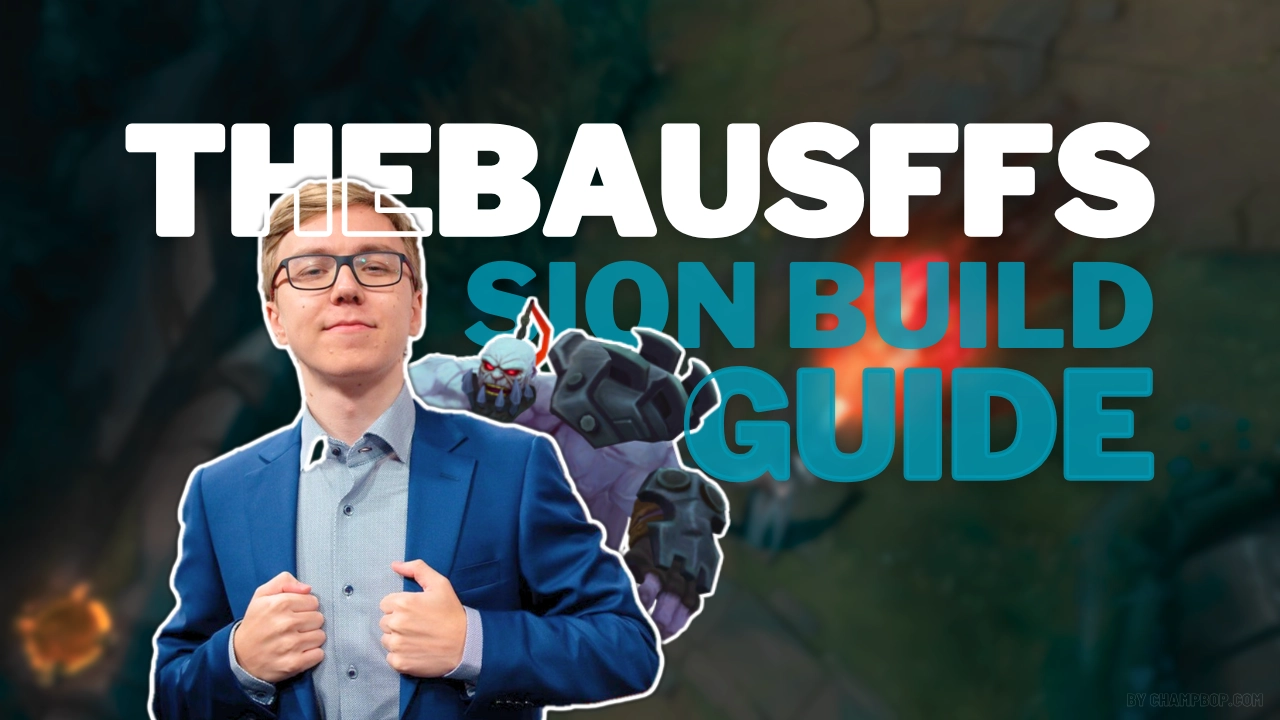
Team compositions are incredibly important and often overlooked in League of Legends. In 2019, YouTuber Randomonium tracked every LCS, LEC, MSI, and Worlds game, using an unbiased algorithm to predict two-thirds of the matches (about 66%) by focusing on composition strengths.
This League of Legends team composition concept can still be applied today.
Exploring Team Compositions
Today, we’ll dissect five fundamental team compositions:
- Attack: Aggressive lineups designed for all-out engagements.
- Catch: Utilizing crowd control and burst to pick off enemies.
- Protect: Focuses on protecting your carry/carries.
- Siege: Mastering map control and objective pressure.
- Split: Leveraging split-push tactics to divide and conquer opponents.
Attack Team Composition

Examples of attack compositions include: Malphite, Wukong, Orianna, Sivir, Rakan or Ornn, Amumu, Vel’Koz, Miss Fortune, and Alistar.
Attack compositions are widely seen across pro play, solo queue, amateur leagues, and Clash.
Also known as AoE or wombo combo compositions, they rely on specific attributes: at least one engager, hard crowd control, and substantial AoE or high DPS damage, ideally both. The primary goal is to engage in team fights when Ultimates are available.
The key advantage is the simplicity of execution, which makes them a popular choice across multiple leagues. However, their effectiveness is heavily reliant on Ultimates, which can make them vulnerable during cooldowns. Attack compositions do well in choke points, where their AoE abilities can often secure team-wide advantages.
Catch Team Composition

Examples of catch compositions include: Maokai, Nocturne, Malzahar, Ashe, Blitzcrank or K’Sante, Zac, Leblanc, Caitlyn and Rell.
Catch compositions, also known as pick compositions or burst compositions, rank as the second most popular team composition across all levels of play, from iron to challenger and pro.
This composition thrives on attributes such as burst damage, single-target hard crowd control, and mobility. Their win conditions revolve around creating unfair fights through vision denial. Catch compositions are great at punishing mistakes or greed, making them particularly strong in solo queue where communication can be lacking.
Catch compositions have weaknesses in full 5v5 team fights compared to other compositions. They are strongest in the early and mid-game phases, where their burst and mobility can shine. Successful catch compositions often aim to snowball early leads or split opponents apart, rather than engaging directly in team-wide fights.
Protect Team Composition

Examples of protect compositions include: Dr.Mundo, Warwick, Orianna, Twitch, Lulu or Ornn, Zac, Morgana, Vayne and Yuumi.
Protect compositions, often seen in amateur leagues and professional scenes, as well as Clash, require more coordination than other compositions but offer significant strategic advantages.
These compositions typically feature one or more hyper-scaling threats. Unlike older strategies relying on a single carry, modern protect compositions emphasize having multiple potent threats like Jinx, Kayle, or Kog’maw, capable of high DPS and scaling well into late-game.
Key attributes of protect compositions include disengagement abilities, crowd control for disruption, and utility such as shielding, healing, and attack speed buffs. The primary win condition revolves around executing successful 5v5 engagements where the carries remain protected. If a carry falls, particularly if there’s only one, the composition’s effectiveness decreases significantly.
Siege Team Composition

Examples of siege compositions include: Jayce, Taliyah, Lux, Ezreal, Neeko or Rumble, Karthus, Syndra, Kog’Maw and Vel’Koz.
Siege compositions, also commonly called poke compositions, are arguably the least played in solo queue. They’re a little more important in coordinated play, but even there, they’re not very popular. However, they can be strong in the right circumstances. It’s just a lot harder to execute a siege composition correctly.
So, for siege compositions you need long-range, tower damage, and disengage crowd control. The win condition is that you’re trying to grind out your opponents. You’re not looking to fight; you’re looking to just chip away at your opponent. Anytime they try to go for an engage, you stuff the engage and then chip them some more. It’s a very slow, methodical type of composition.
Siege compositions have arguably the best objective control in the game. You have to be on the same page to execute a siege composition, as they can fall apart very easily if you’re not careful. But if you do it right, they feel unbeatable when done correctly.
Split Push Team Composition

Examples of split push composition include: Jax, Sejuani, Ahri, Sivir, Janna or Fiora, Xin Zhao, Twisted Fate, Caitlyn and Nautilus.
Split push compositions are arguably the third most played composition in solo queue, but they’re not as common in professional play due to their high-risk nature.
In solo queue, where communication is often poorer, split push compositions can be more effective because opponents struggle to coordinate defenses.
The key attributes of a split push composition include a strong duelist, a strong wave clear with the remainder of the team, and some form of disengage. The main win conditions are splitting enemies apart and pressuring multiple objectives quickly.
However, there are cons to consider. Split push compositions are high-risk and easy to mess up, especially without proper communication or coordination. Overextending or getting picked off can lead to the entire team composition falling apart.
There are two main strategies within split push compositions: the 1-4 and the 1-3-1. The 1-4 strategy involves one split pusher and a group of four, focusing pressure on two lanes. The 1-3-1 strategy uses two split pushers and a group of three, applying pressure to three lanes but requiring more coordination.
Composition Strengths

Each team composition in League of Legends has specific strengths and weaknesses against other compositions. Understanding these dynamics can significantly impact draft strategies and gameplay decisions.
- Attack Compositions:
- Strong Against: Split and Siege compositions.
- Weak Against: Protect and Catch compositions.
- Split Push Compositions:
- Strong Against: Protect and Siege compositions.
- Weak Against: Catch and Attack compositions.
- Siege (or Poke) Compositions:
- Strong Against: Catch and Protect compositions.
- Weak Against: Attack and Split compositions.
- Protect Compositions:
- Strong Against: Catch and Attack compositions.
- Weak Against: Split and Siege compositions.
TL;DR
In League of Legends, team compositions are often overlooked but incredibly important. A YouTuber named Randomonium used an unbiased algorithm to predict two-thirds of the matches in 2019 by focusing on composition strengths. This concept still applies today.
There are five fundamental team compositions: Attack, Catch, Protect, Siege, and Split. Attack compositions excel in team fights, Catch compositions are great at punishing mistakes, Protect compositions focus on protecting carries, Siege compositions grind out opponents through chip damage, and Split compositions pressure multiple objectives by splitting enemies apart. Each composition has specific strengths and weaknesses against others. Understanding these dynamics can greatly impact draft strategies and gameplay decisions.


